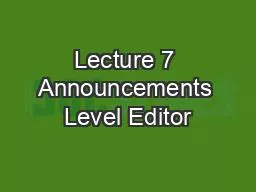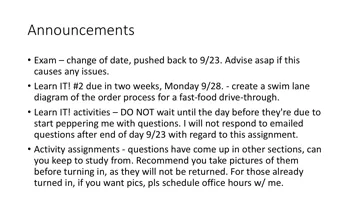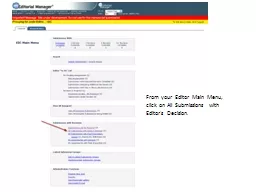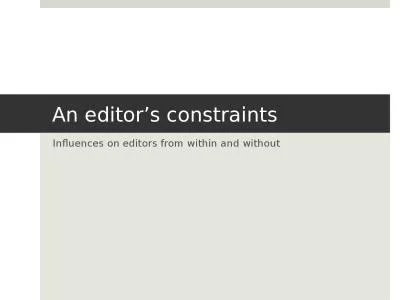PPT-Lecture 7 Announcements Level Editor
Author : telempsyc | Published Date : 2020-06-25
Should be stable as of Sunday Will be updating the source code if you want to make tweaks to it for your final Spoooooky Three checkpoints due next week M II Tac
Presentation Embed Code
Download Presentation
Download Presentation The PPT/PDF document "Lecture 7 Announcements Level Editor" is the property of its rightful owner. Permission is granted to download and print the materials on this website for personal, non-commercial use only, and to display it on your personal computer provided you do not modify the materials and that you retain all copyright notices contained in the materials. By downloading content from our website, you accept the terms of this agreement.
Lecture 7 Announcements Level Editor: Transcript
Download Rules Of Document
"Lecture 7 Announcements Level Editor"The content belongs to its owner. You may download and print it for personal use, without modification, and keep all copyright notices. By downloading, you agree to these terms.
Related Documents














